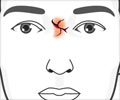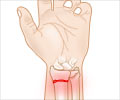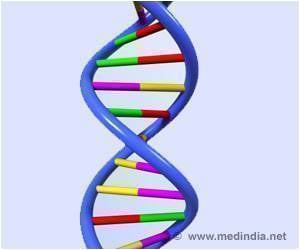The way to control a key molecular player to keep stem cells in a sort of extended infancy has been found by scientists.
The way to control a key molecular player to keep stem cells in a sort of extended infancy has been found by scientists. This finding could pave the way for new methods to fight maladies ranging from arthritis and osteoporosis to broken bones.
For a long time, researchers wanted to control and delay development of the cells, known as mesenchymal (pronounced meh-ZINK-a-mill) stem cells.It's a necessary step for doctors who would like to expand the number of true skeletal stem cells available for a procedure before the cells start becoming specific types of cells that may - or may not - be needed in a patient with, say, weak bones from osteoporosis, or an old knee injury.
"A big problem has been that these stem cells like to differentiate rapidly - oftentimes too rapidly to make them very useful. It's been very hard to get a useful number of stem cells that can still become any one of several types of tissue a patient might need. Having a large population of true skeletal stem cells available is a key consideration for new therapies, and that's been a real roadblock thus far," said Dr. Matthew J. Hilton, the leader of the team at the University of Rochester Medical Center.
The researchers discussed how it was able to increase the number and delay the development of stem cells that create bones, cartilage, muscle and fat.
They showed in mice that a molecule called Notch, which is well known for the influence it wields on stem cells that form the blood and the nervous system, is a key factor in the development of mesenchymal stem cells, which make up a tiny fraction of the cells in the bone marrow and other tissues.
The team showed that Notch prevents stem cells from maturing.
Advertisement
The team also settled a long-standing question, fingering the molecule RBPJ-kappa as the molecule through which Notch works in mesenchymal stem cells.
Advertisement
Earlier it was shown that Notch is a critical regulator of the development of bone and cartilage.
The latest study extends those observations, providing important details that suggest appropriate activation and manipulation of the Notch pathway may provide doctors with a tool to maintain and expand mesenchymal stem cells for use in treating disease.
"This research helps set the foundation for ultimately trying new therapies in patients. For instance, let's say a patient has a fracture that simply won't heal. The patient comes in and has a sample of bone marrow drawn. Their skeletal stem cells are isolated and expanded in the laboratory via controlled Notch activation, then put back into the patient to create new bone in numbers great enough to heal the fracture. That's the hope," said Hilton.
The study has been published online in the journal Development.
Source-ANI
RAS














